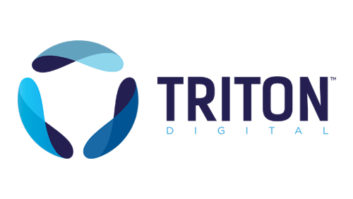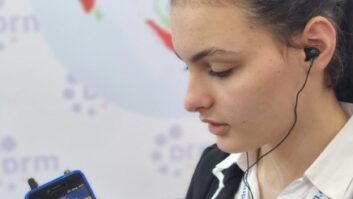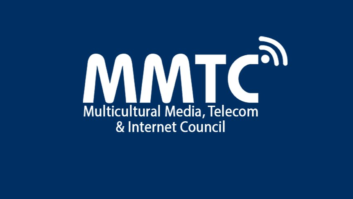“Broadcasting” to cell phones requires users to wait until a content broadcast cycle starts or, as an alternative, requires that the operator transmit the same cycle on many different channels at slightly different times, necessitating a user search.
Penn State researchers studied different algorithms for determining the best timing and patterns to use when transmitting multiple program streams and found that one algorithm works better than the others.
Prasenjit Mitra, assistant professor in the College of Information Sciences and Technology said, “Currently, mobile devices retrieve broadcast data similar to how TV viewers watch TV shows simultaneously broadcast — by switching channels. But with our algorithm, cell-phone users don’t have to wait for fewer broadcast cycles to retrieve the data as the mobile device can pick up objects broadcast across parallel air channels.”
Mitra said that the algorithm makes it possible for users to retrieve desired data in fewer cycles, thus saving time and device battery power.
The researchers developed and compared the performance of four kinds of algorithms–“greedy,” “random,” “branch-and-bound” and “select-first.” The “greedy” algorithm created a quick and efficient solution for retrieval and also decreased battery drain. The researchers continue to explore and refine algorithms for mobile data retrieval, which at present, will be of greatest interest to mobile phone operators. However, as broadcasters consider additional uses for DTV spectrum and possible broadcasting to cell phones, this research could benefit them as well.
The results are outlined in the paper, “Efficient Object Retrieval from Parallel Air Channels in the Presence of Replicated Objects,” by Prasenjit Mitra, Padmapriya Ayyagari and Ali Hurson appearing in the proceedings of the Seventh International Conference on Mobile Data Management. The paper is available in the IEEE digital archive.
— TV Technology












